If you’re new to cooking with pea protein, see my guide to baking with vegan protein powder.
I’ve collected some of my favorite recipes that require plant-based protein powder. Pea protein is the best option due to its texture and relatively neutral flavor.
The most important thing is to use a pea protein powder that you think tastes good, as a bad one can ruin just about any recipe.
See my page dedicated to the best tasting plant protein powders if you need recommendations, and also a homemade vegan protein powder recipe for a more budget-friendly option.
Table of Contents
Keto Vegan Protein Powder Pancakes
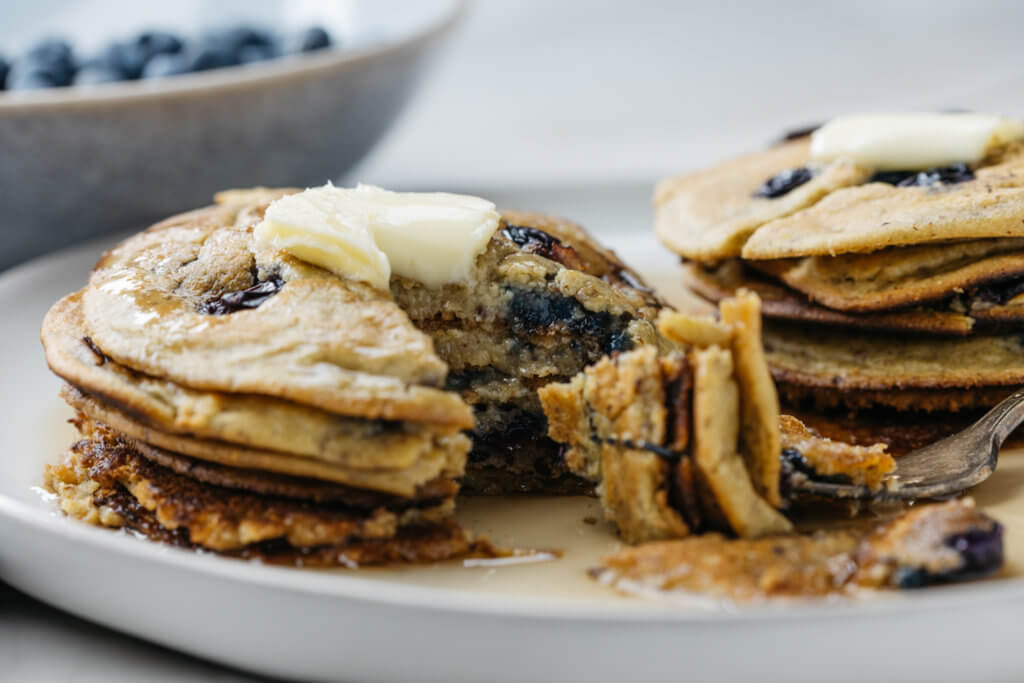
These low-carb pancakes taste amazing.
They only have a relatively small amount of protein powder, but also get a bit of protein from the almond flour and butter in them.
This is a fairly forgiving recipe for someone new to cooking with protein powder, so it’s a great starter recipe.
If you are on a keto diet, you’ll obviously need to use a vegan protein powder that’s keto-friendly.
4 Ingredient Vegan Pea Protein Powder Ice Cream
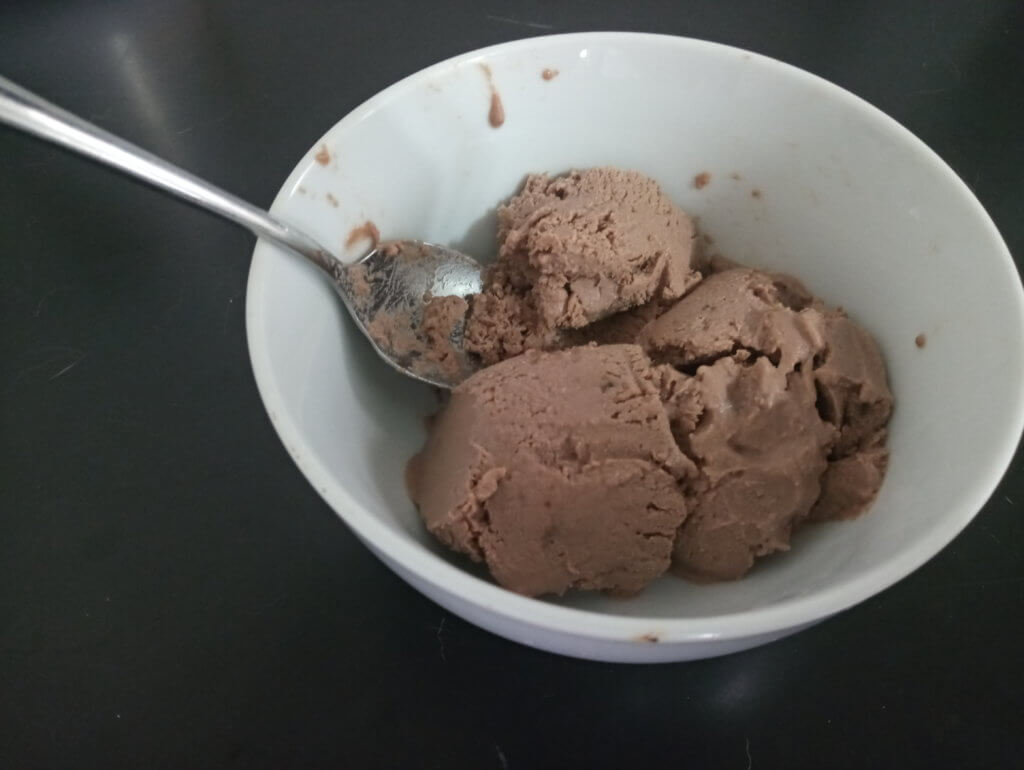
This ice cream is a nice little snack that will fulfill any ice cream cravings.
It tastes good, but obviously not as good as non-dairy ice cream that’s store-bought.
However, it has a solid 22 grams of protein per serving, and just 364 calories, which is pretty great for ice cream.
While you will need to wait a while for it to freeze completely (important for the taste and texture), it only takes about 5 minutes to make. You’ll need:
- Pea protein powder
- Coconut milk
- Banana
- Sweetener (stevia, maple syrup, etc.)
Cinnamon Vegan Protein Balls
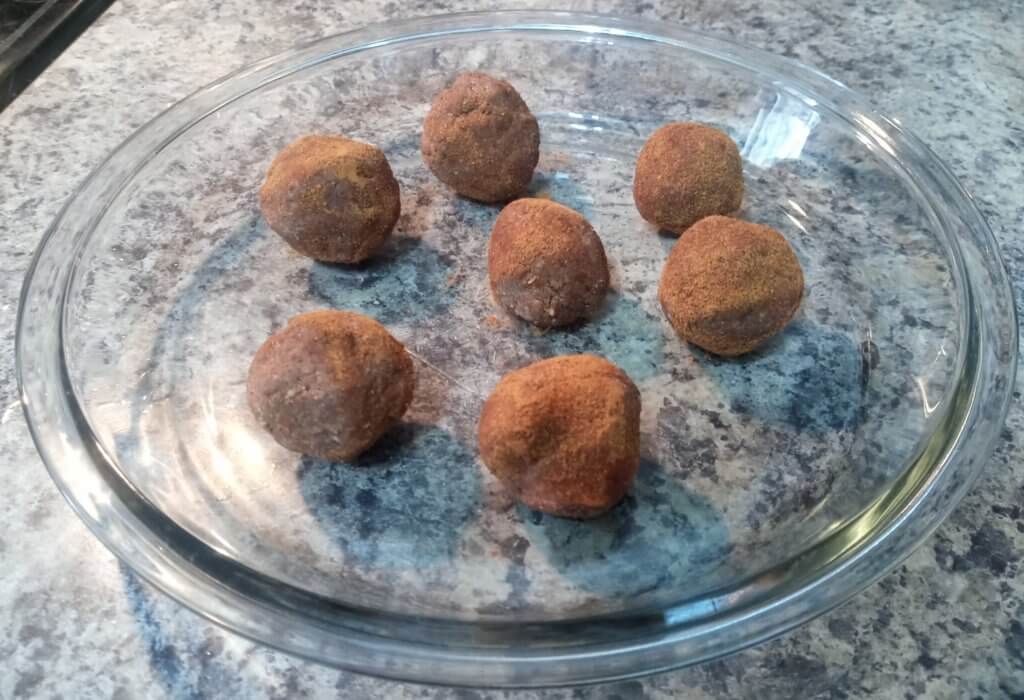
I like making a large batch of these once in a while and just storing them in the freezer for a quick snack now and then.
Each ball has about 60 calories and 5 grams of protein, depending on how big you make them.
On top of pea protein powder, you get a decent amount of protein from the almond flour and peanut butter that are the other main ingredients.
Vegan Oatmeal Raisin Protein Cookies
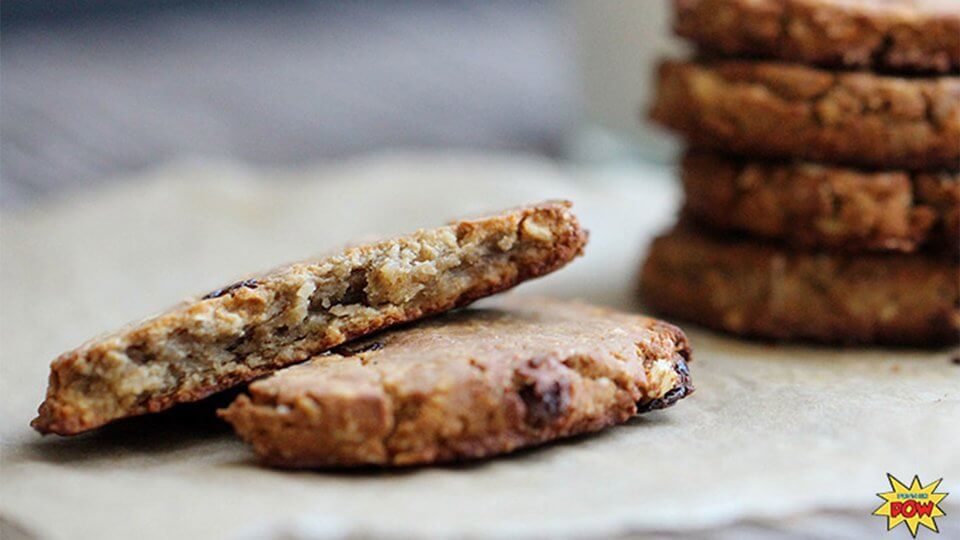
These high protein cookies taste pretty good and are fairly healthy.
There’s about 170 calories and 11 grams of protein per serving (which I believe is 2 cookies).
I’m not sure if the recipe creator is actually vegan, but just substitute the honey for maple syrup or more agave, or omit it altogether.
The Best High Protein Vegan Peanut Butter Cookies
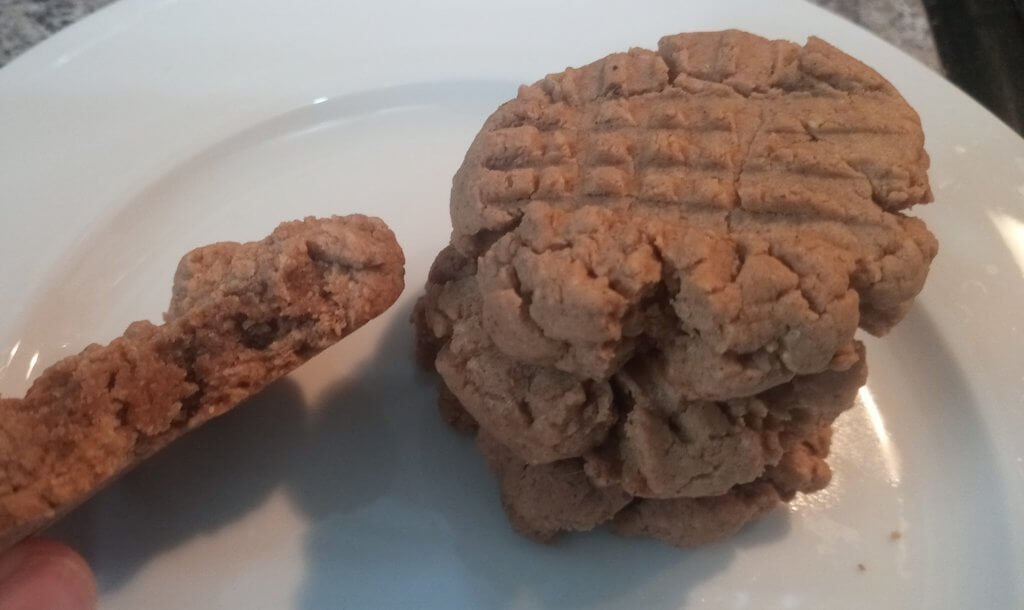
Here’s one more cookie recipe that I quite like as well.
Each cookie has 108 calories and 4 grams of protein. Not exactly amazing, but still better than normal cookies.
They are also pretty easy to make, with just 8 ingredients:
- Peanut butter
- Sugar
- Non-dairy milk
- Vanilla
- Flour
- Protein powder
- Baking powder
- Salt
You simply mix them together and roll out cookies, these can be made in 5-10 minutes.
8 Ingredient Vegan Pea Protein Powder Brownies
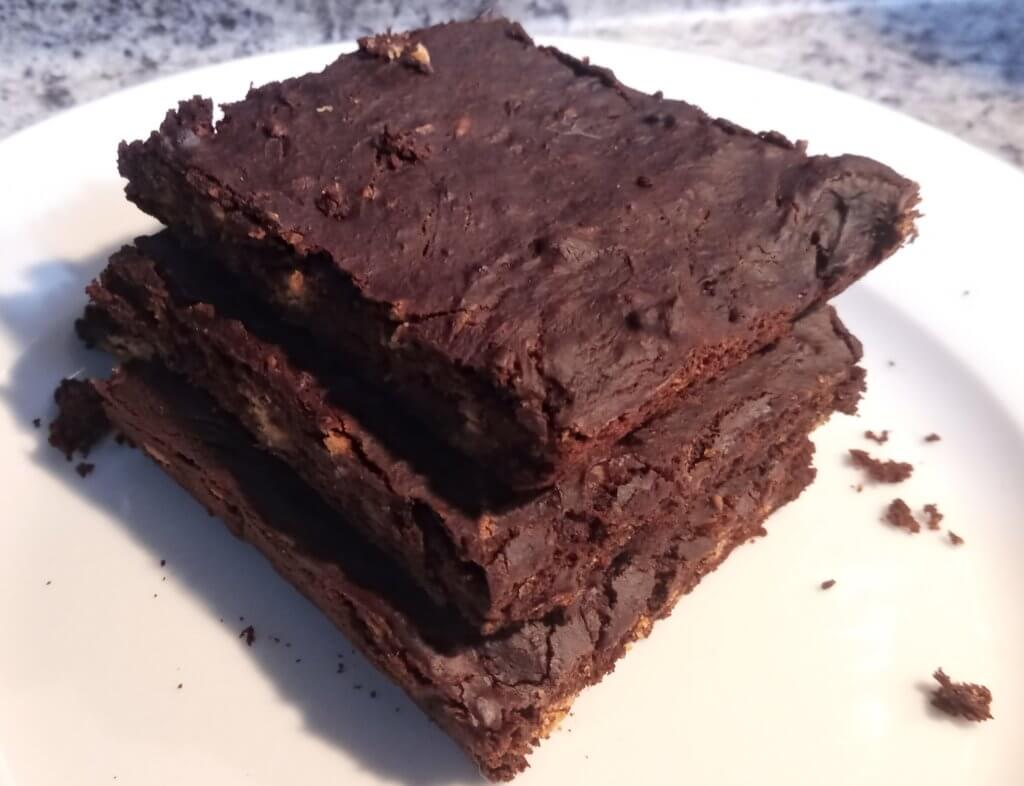
With 8 grams of protein and 150 calories per brownie, these are about as high protein as you can get in brownies.
The main ingredients are:
- Banana
- Almond butter
- Cocoa powder
- Pea protein powder
- Non-dairy milk
If you use a chocolate pea protein powder, you can even cut down the amount of cocoa powder you use and improve the macros further.
High Protein Vegan Banana Bread
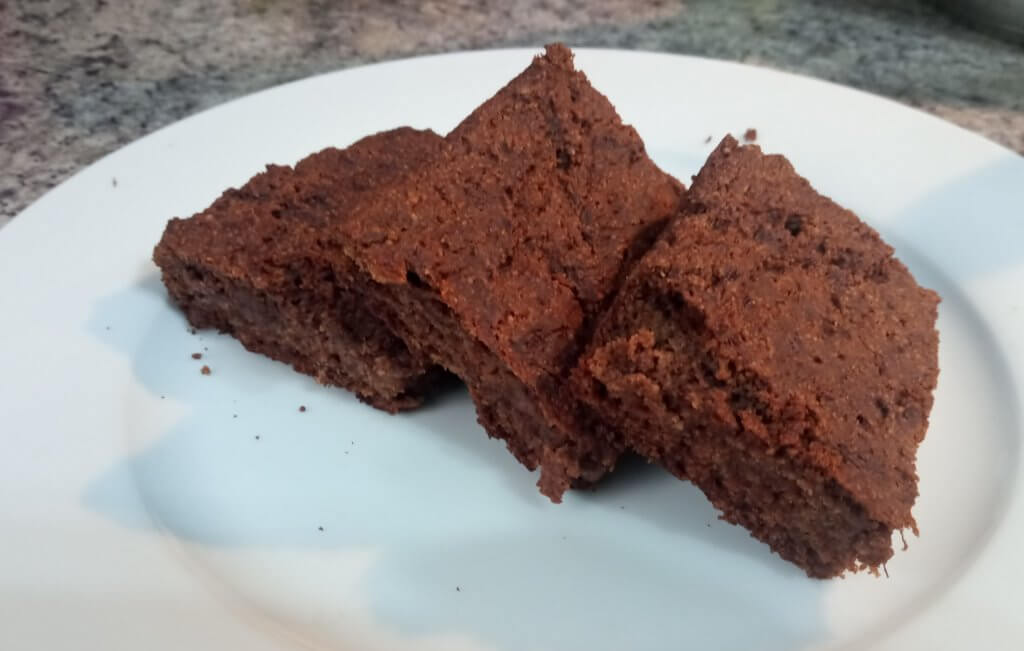
Because pea protein is essentially a substitute for flour, it can be used in many types of bread recipes.
This banana bread has 144 calories and 7 grams of protein per serving and is also keto friendly.
Using a high protein vegan milk can further improve the macros.
I do have to issue a warning: this recipe is a bit finicky, it can vary a lot based on the brands of flour and pea protein used. You’ll need to be able to adjust the liquid content accordingly, which isn’t always easy if you’re new to baking.
Vegan Gluten-Free Blueberry Protein Muffins
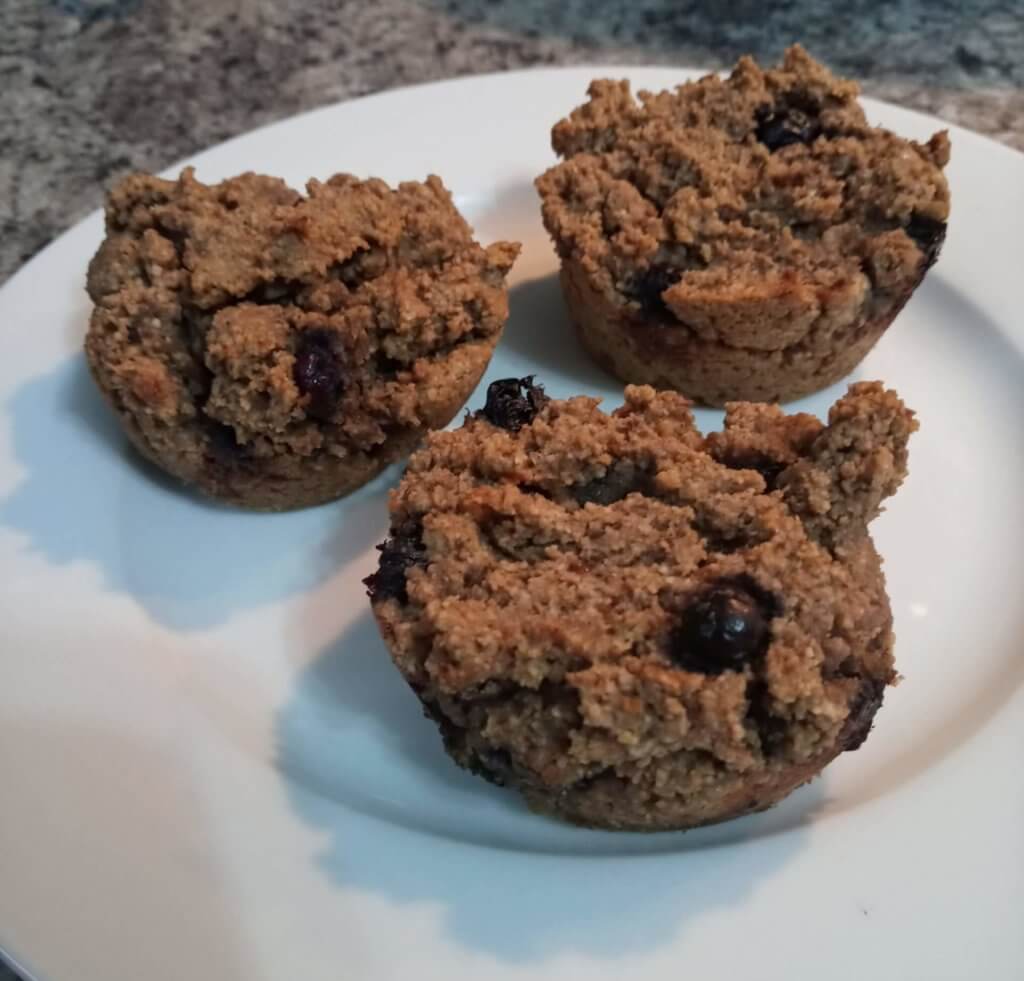
These tiny muffins are a great little snack to have around. They taste good, but not good enough that you’ll binge them all at once (yes I know that’s a strange argument).
Each little muffin has 143 calories and 6 grams of protein, and can last in the fridge for about a week (in an air-tight container).
Feel free to switch up the blueberries for another fruit or even chocolate chips.
Vegan Chocolate Pea Protein Oatmeal Recipe
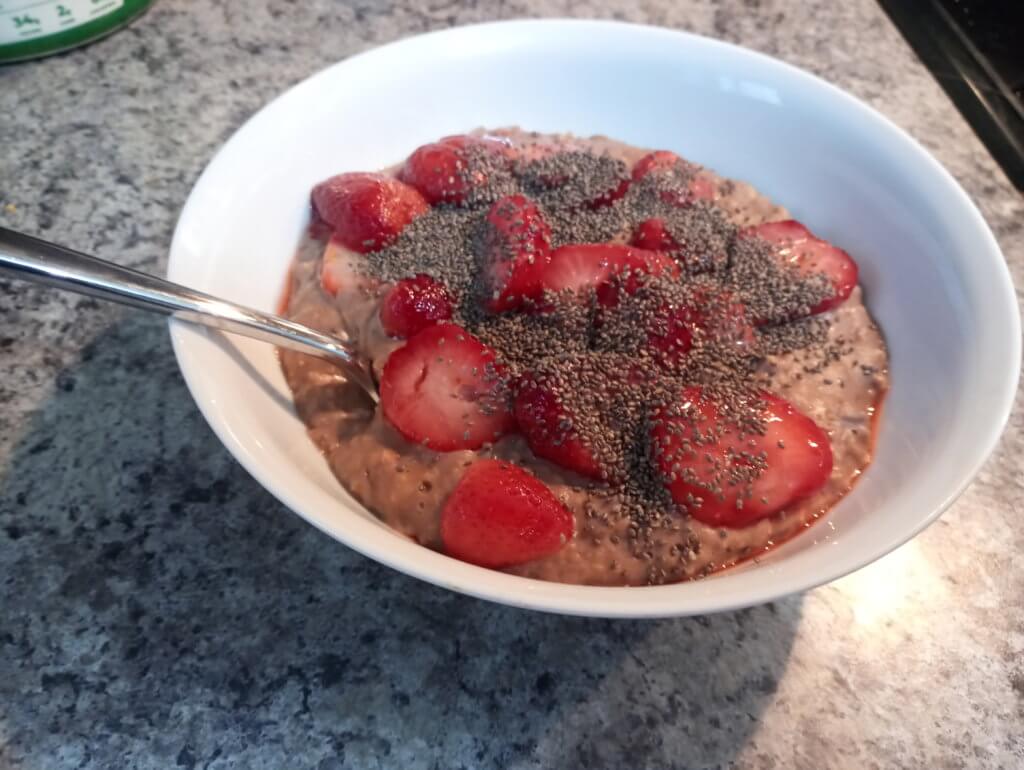
People have been adding protein powder to oatmeal for ages.
In order to really maximize the protein content of this oatmeal recipe, I played around with adding not just protein powder, but also:
- PB2
- Seeds (chia, hemp, or flax)
- Soy milk
I’d recommend not adding too much protein powder and PB2 at first, as it makes the oatmeal thicker, and you don’t want to overdo it.
No Bake Gluten Free and Vegan Protein Bars
These bars are quite a bit of work, but taste great.
There are several ingredients you’ll need on top of pea protein, including:
- Oat flour
- Apricots
- Chia and hemp seeds
- Nut butter
- Flax
- Agave
- Non-dairy milk
Each bar has 12 grams of protein and about 300 calories. That’s definitely on the low side for a vegan protein bar, but decent enough if you care more about taste than macros.
Common Questions About Cooking With Pea Protein
Can I use pea protein powder as a one-to-one substitute for other protein powders in baking?
While pea protein powder can often be used as a substitute for other protein powders in baking, it’s essential to consider its texture and flavor. Pea protein tends to be denser and may have a slightly earthy taste. Start by replacing a portion of the recommended protein powder in the recipe with pea protein, gradually adjusting to achieve the desired results. Additionally, you might need to modify the liquid content in the recipe, as pea protein can absorb more moisture than some other protein powders.
How does baking with pea protein affect the texture of my baked goods?
Baking with pea protein can contribute to a denser and chewier texture in some cases. To enhance the texture, consider adding ingredients like applesauce, yogurt, or mashed bananas to the recipe. These additions can help maintain moisture and improve the overall mouthfeel of your baked goods. It’s also advisable to combine pea protein with other flours or protein sources for a more balanced texture in your final product.
Are there any specific tips for adjusting the sweetness of baked goods made with pea protein?
Pea protein can have a slightly savory or earthy flavor, so adjusting the sweetness of your baked goods is crucial. Experiment with natural sweeteners like maple syrup, agave nectar, or coconut sugar to complement the pea protein’s taste. Additionally, incorporating vanilla extract or other flavorings can help mask any undesirable notes and enhance the overall taste of your baked treats.
How can I prevent dryness when baking with pea protein?
Pea protein tends to absorb more moisture than some other ingredients, which can result in dry baked goods. To counteract this, try increasing the amount of liquid ingredients in your recipe, such as water, non-dairy milk, or oil. Adding moist ingredients like applesauce, mashed bananas, or vegan yogurt can also contribute to a more favorable texture. It’s essential to strike a balance and adjust the quantities gradually to avoid overcompensating and affecting the overall structure of your baked goods.
